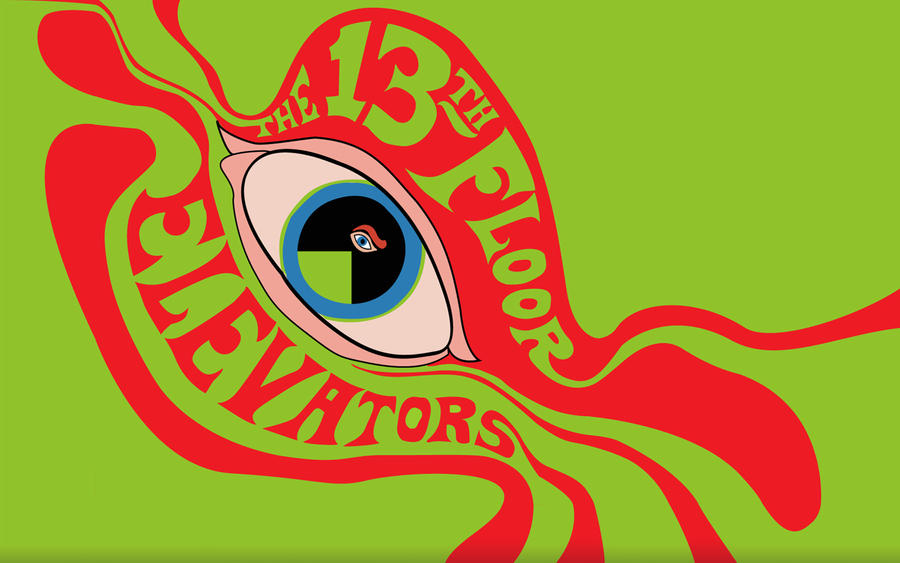
As I write more pieces for The Third Eye, I sometimes wonder where the psychedelic rock genre began. What was the first album to be considered “psychedelic”? Who was the band/artist that recorded it, and what were the main influences behind the genre? Today, I will try and answer these questions with some help from Google and my inquisitive nature. So strap in and take the DeLorean back to the 1960s.
The Roots of Psychedelia
According to the Encyclopedia Britannica, psychedelic rock started life as a:
“style of rock music popular in the late 1960s, and was largely inspired by hallucinogens, or so-called “mind-expanding” drugs such as marijuana and LSD (Lysergic Acid Diethylamide; “acid”), and that reflected drug-induced states through the use of feedback, electronics, and intense volume.”
So far, this coincides with the definition accepted mainly by music fans. The genre was born in 1966 and was centered on the West Coast of the United States, with bands like The Grateful Dead, The Doors, Jefferson Airplane, etc. being the main acts playing this style of music.
I don’t know about you guys, but my first taste of psychedelic rock was “White Rabbit” by Jefferson Airplane, a song that, in my mind, is the epitome of this style of music. However, this wasn’t the first “psychedelic” album, so we still haven’t answered the question of what was the first fully psychedelic rock album.
The First Psych Album Ever Made
According to Wikipedia,
“Music critic Richie Unterberger says that attempts to “pin down” the first psychedelic record are “nearly as elusive as trying to name the first rock & roll record.”
This was disheartening to find out and obviously makes it more difficult to hone in on the actual first album of the genre, so we must revert to finding the first album to call itself psychedelic. This is where The 13th Floor Elevators become an integral part of our story, so let’s head from the sunny, seaside trappings of the West Coast and make our way to Austin, Texas.
The scene was home to The 13th Floor Elevators, formed by guitarist and vocalist Roky Erickson, electric jug player Tommy Hall, and guitarist Stacy Sutherland. The band had a short lifespan, only staying together from 1965 to 1969 and they released four albums.

The group’s music embodied what Encyclopedia Britannica says was the,
“darker, more psychotic frenzy of acid rock—characterized by overdriven guitars, amplified feedback, and droning guitar motifs influenced by Eastern music.”
You’re probably asking yourselves why we’re talking about this band and wanting me to get to the point. You’re in luck because I’m going to answer it with the assistance of an article posted by BBC Radio6,
“The first album to define its own contents as psychedelic was the debut album by Texas garage rockers The 13th Floor Elevators, in October 1966 (The Psychedelic Sounds of the 13th Floor Elevators).”
So we now have an answer as to what the first album to call itself psychedelic was, but what else can we find out about it? Keep reading to find out the answer.
About The Psychedelic Sounds of the 13th Floor Elevators
Released in October of 1966, and on its back cover were the words “The Psychedelic Sounds of The 13th Floor Elevators”, which, as we already know, is the first use of the word “psychedelic” in reference to the music on an album.
The next logical path to take is to find out what this band sounds like, so that’s exactly what we’re about to do!
The Music And Its Sound
As I listened to The Psychedelic Sounds of The 13th Floor Elevators, I found myself grooving with the atypical sounds of 1966. Atypical because while it may be the accepted approach in 2023, in 1966, it was new and went against the grain of the rock ‘n roll norms.
Track #1 – You’re Gonna Miss Me
This song was one of the singles and reached number 55 on the Billboard Charts, as well as the album’s only “hit.” Its popularity makes sense when you hear it, the music will remind modern listeners of The Monkees, The Beatles, and even a slight touch of Bob Dylan, who have all gone on to become massive influences on people from all walks of life.
Track #2 – Roller Coaster
As was mentioned earlier, there is a darker tint on songs like “Roller Coaster,” and you could say that I was entranced upon hearing it for the first time. The guitar tones are mostly clean for a good deal of this song, except for a bit of chorus or reverb (a staple of the genre to this day). A sound in the background reminds me of what an undersea alien base might sound like, adding to the dark feel while not being dark itself. The guitar leads fit into the song perfectly, elevating the music into an even higher form of psychedelia.
Track #3 – Splash 1
This song is my pick for the best track. The music flows gently, like a stream hidden deep in the forest, but Roky’s vocal performance is truly captivating. There’s a sense of contentment in the lyrics and his overall vocal approach that comes off as a little sad until you read the lyrics and hear what he’s saying. Jug player/lyricist Tommy Hall noted that this song,
“Describes a meeting with a person who radiates the essence of the quest [for pure sanity]. There is an outpour of warmth and understanding at the instant of a meeting between two such persons, just as if they have been friends for life.”
Track # 11 – Tried To Hide
“Tried To Hide” was the B Side to “You’re Gonna Miss Me,” a pairing that makes sense if you listen to both songs. While “You’re Gonna Miss Me” seemed to be a bit light-hearted, “Tried To Hide” takes on a slightly darker feel, but it’s pretty subtle when you compare it to “You’re Gonna Miss Me.”
Other standout tracks include the incredible “Don’t Fall Down,” “Thru The Rhythm,” and “You Don’t Know.”
Final Thoughts
I know we didn’t answer our original question, but that seems like a fool’s errand as I look into it. However, knowing that The Psychedelic Sounds of The 13th Floor Elevators was the first album to call itself psychedelic is an interesting bit of musical history that you can now add to the backlog of musical trivia floating around in your head. You can find the full album on YouTube and, more than likely, on other streaming services, so go and give it a listen and then let us know what you think in the comment section. Enjoy!!
Parting words: “This land is your land and this land is my land, sure, but the world is run by those that never listen to music anyway.” – Bob Dylan
This review was written by Tom Hanno, who has been writing reviews for the last 7 years but has been sharing his love of music for the majority of his life. Originally starting out at the now-defunct Chimera Magazine, he is currently contributing to Doomed and Stoned, The Sleeping Shaman, The Doom Charts, Tom’s Reviews, and The Third Eye. Read more of Tom’s reviews by checking out his Linktree.
Consider supporting The Third Eye on Patreon to keep the psychedelic dream alive.
Stay up to date with Third Eye posts by subscribing to the free email list below:
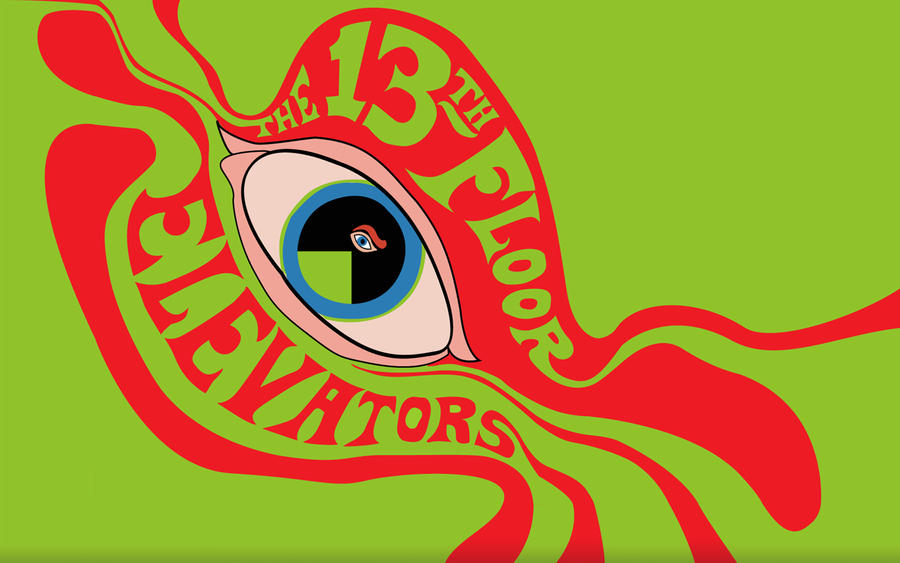




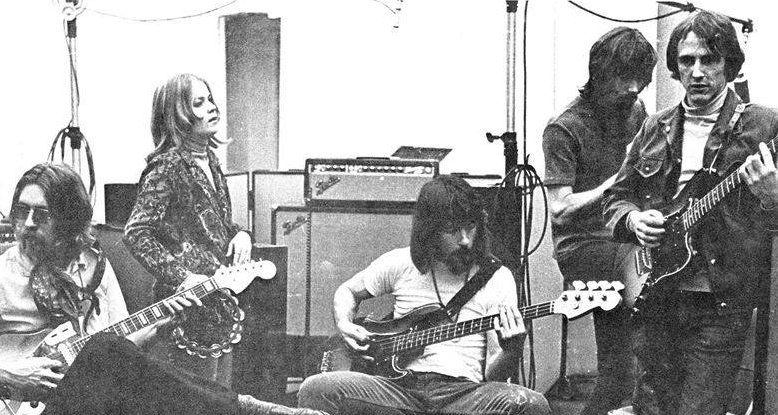
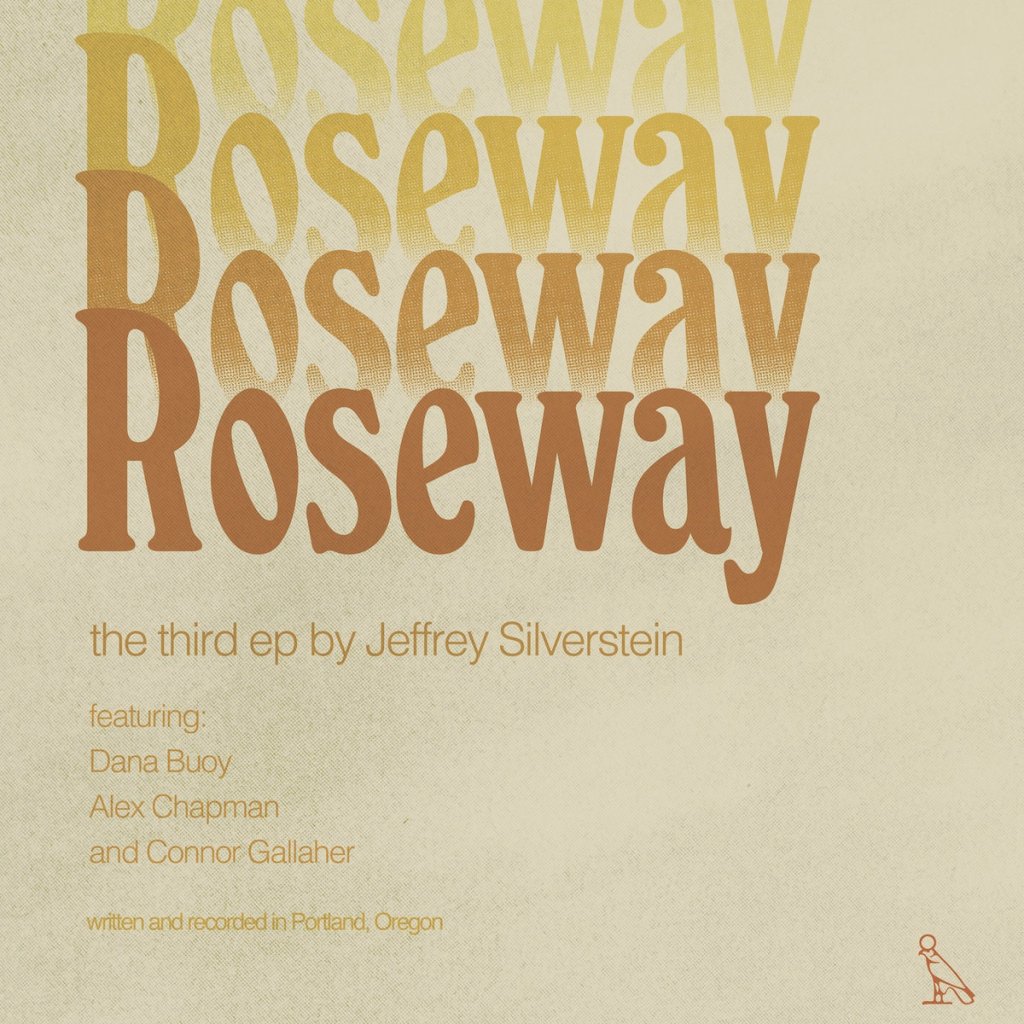
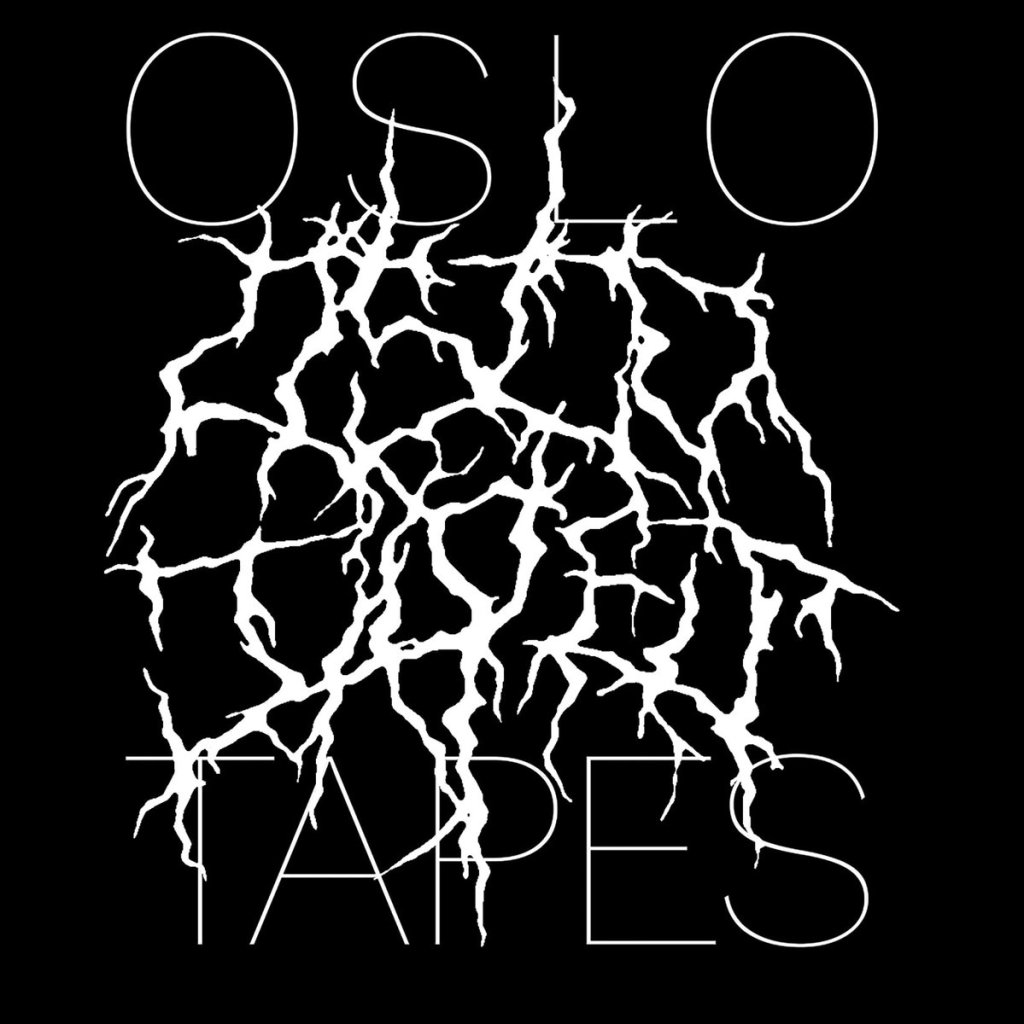
Leave a comment